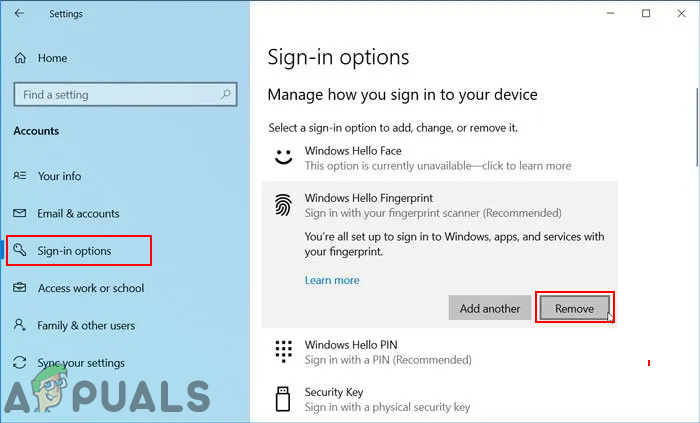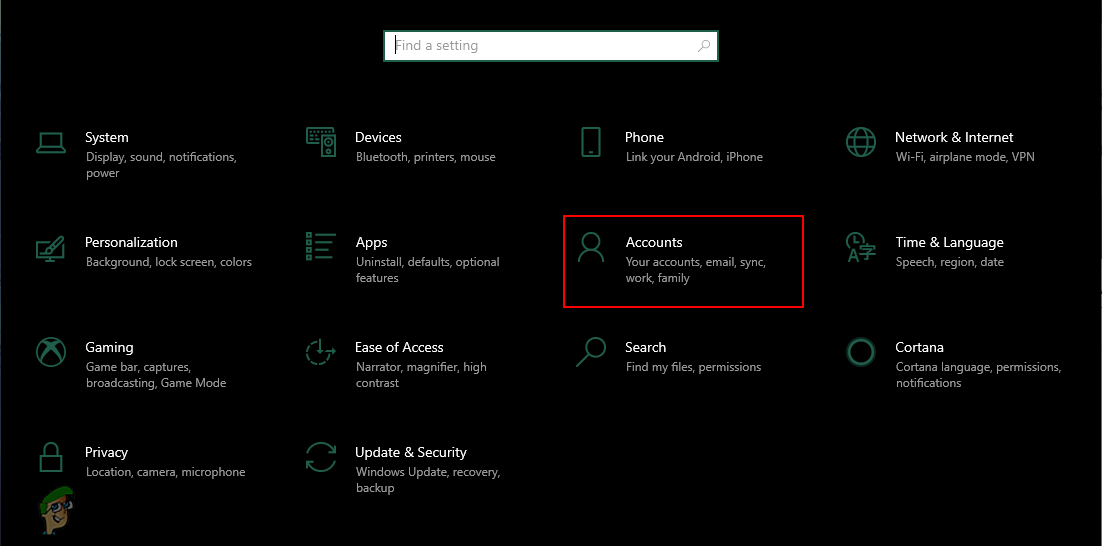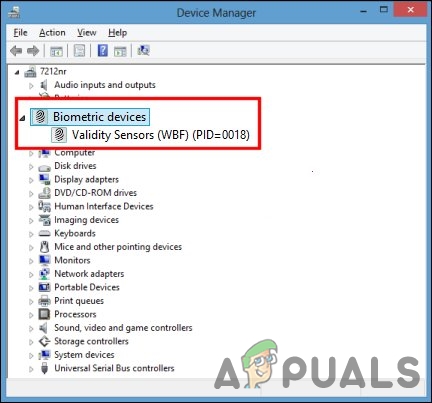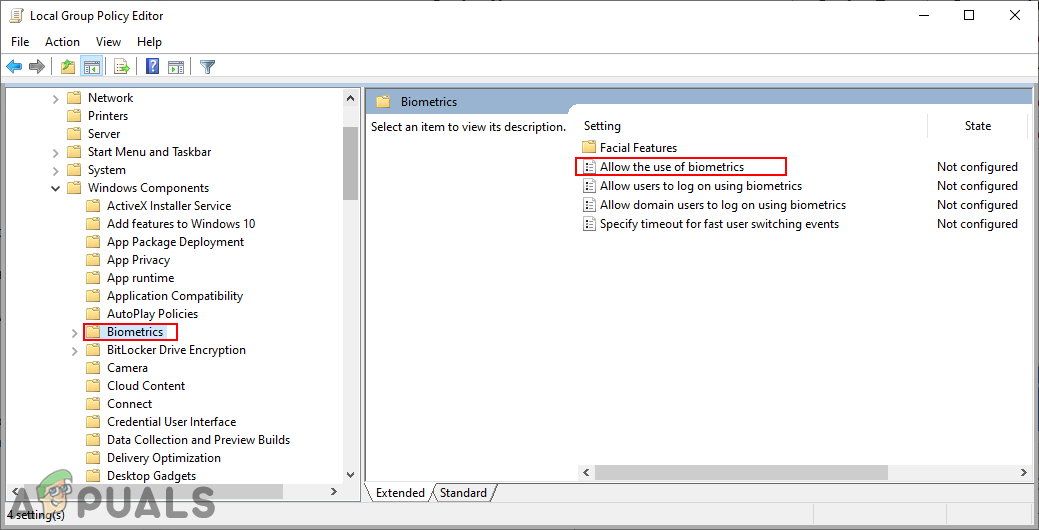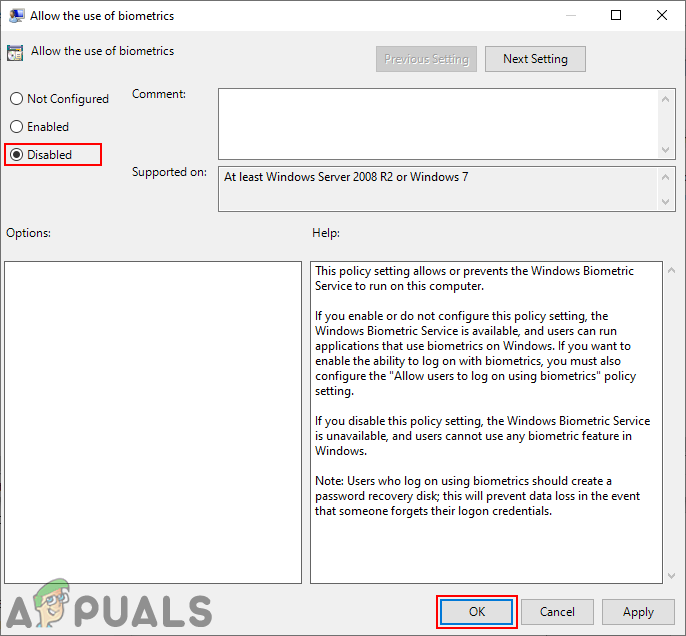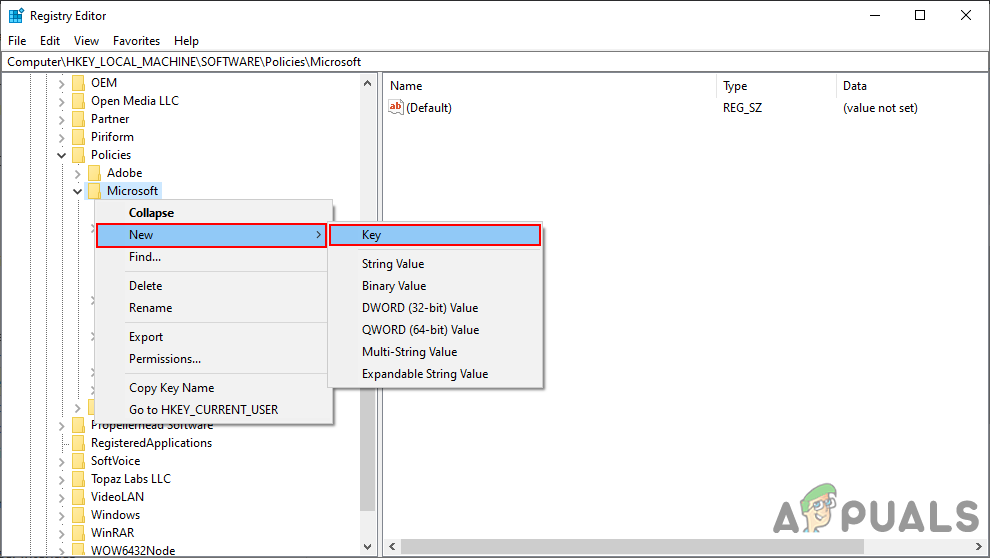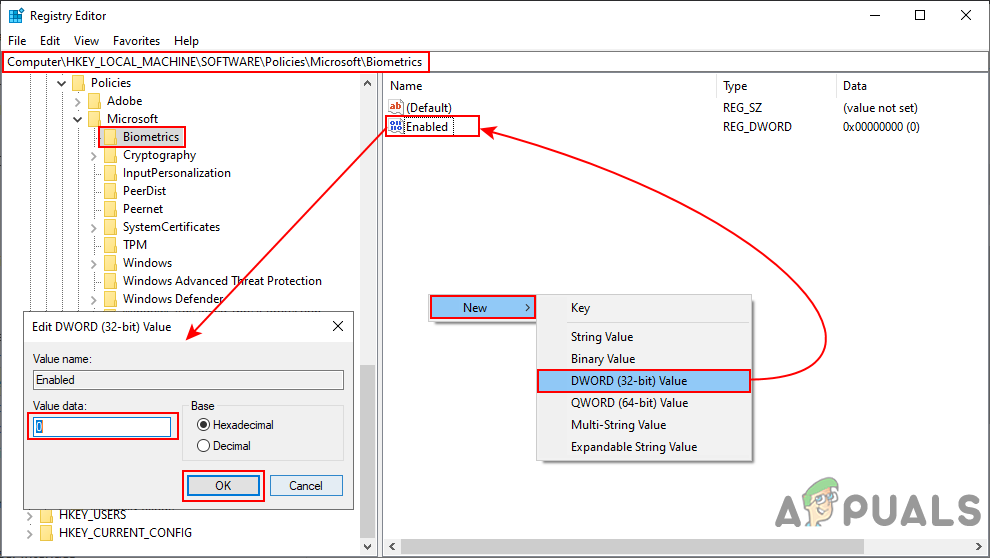There are several ways of disabling the face recognition and fingerprint login on Windows 10. The most common ones are by configuring it in the Windows Settings or through device manager. However, there are also other methods, like Group Policy Editor and Registry Editor. These methods will completely disable the features from even Windows Settings.
Removing Face Recognition or Fingerprint Login in Windows Settings
The face recognition and fingerprint login can be managed in the sign-in option in Windows Settings. When these options are enabled, you will be able to find them listed. Users can simply remove these options from sign-in settings. This will stop the Fingerprint or Face Sign-in on your system and users can now sign-in without using these. These sign-in options can be added back anytime the user wants to. Also, these options will be only available for the systems that have these devices.
Disabling Biometric Devices through Device Manager
Another way to completely disable the fingerprint login or face recognition is by disabling the devices in the device manager. Users can disable the devices that are additional to the operating system, which does not cause stability issues in the system. Just like disabling the device, users can enable it back anytime they want. Follow the below steps for disabling biometric devices through device manager:
Disabling Biometrics by Using the Local Group Policy Editor
You can also disable the biometrics sign-in options through the local group policy editor. By default, the biometrics is enabled on your system. The Local Group Policy Editor is pretty simple to use and configure any settings. It also provides the details about each setting that users click on. If you are using the Windows Home version, then better skip this method. The Local Group Policy Editor isn’t available on Windows Home Edition. If you got the Local Group Policy Editor on your system, then you can disable the setting as shown in the below steps:
Disabling Biometrics by Using the Registry Editor
Unlike the Local Group Policy Editor, the Registry Editor is available on all versions of the Windows operating system. Everything a user can configure through the Local Group Policy Editor can also be done through the Registry Editor. This will require some technical steps from users before configuring a specific setting. Registry Editor also provides the backup feature that users can use to restore the settings back to as it was. Follow the below steps to disable the biometrics on your system:
Fingerprint Login: PassKey Password Manager for iOSHow to Disable Online Speech Recognition Option in Windows 10?How to Enable / Disable Online Speech Recognition in Windows 10?Fix: “Speech Recognition Setup Doesn’t Work” Error on Windows
